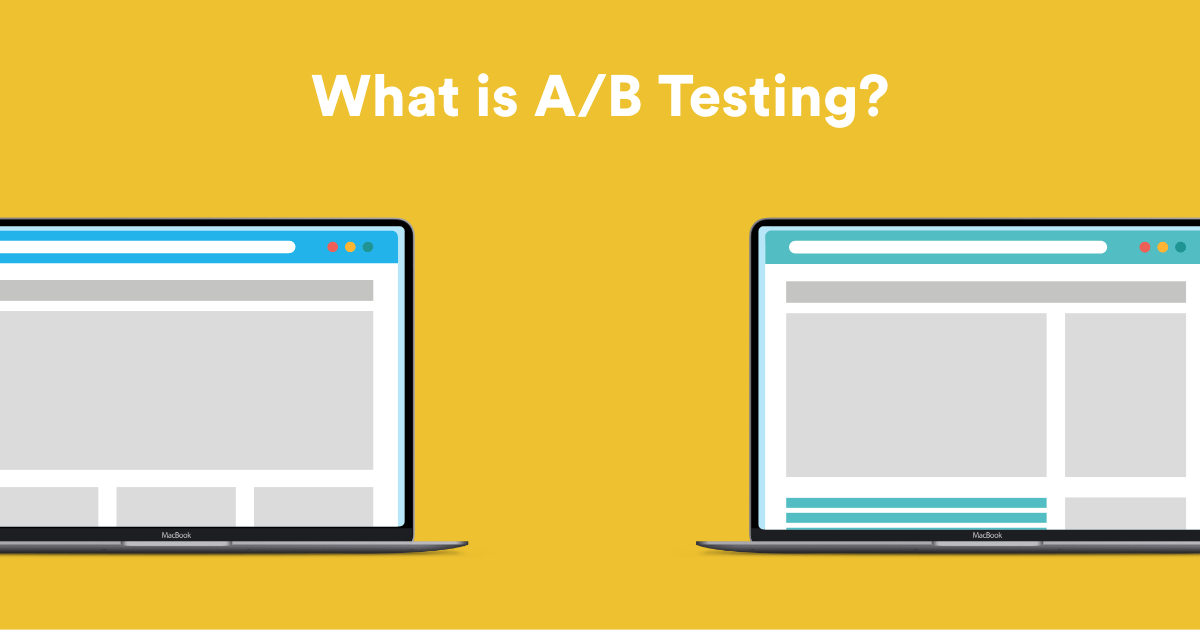As publishers, your primary goal is to monetize your content through ads. However, ad-blocking software can significantly impact your revenue by preventing ads from being displayed to users. To combat this issue, Google Ad Manager (GAM) provides a feature called ad blocking recovery messages, which helps publishers recover lost ad revenue by encouraging users to disable their ad-blockers. In this presentation, we’ll discuss what ad blocking recovery messages are, how they work, and why they are essential for publishers.
1 What are ad blocking recovery messages?
Ad blocking recovery messages are notifications that appear to users who have enabled ad-blockers on their browsers. These messages ask users to disable their ad-blockers and enable ads for the website they are visiting. They are usually displayed as a pop-up, banner, or an interstitial ad, and they can be customized by publishers to fit their branding.
2 How do ad blocking recovery messages work?
Ad blocking recovery messages work by detecting when a user is using an ad-blocker and displaying a message to that user. The message will typically explain that the content on the site is provided for free, but ads help keep the site running. The user is then given the option to disable their ad-blocker or whitelist the site so that ads can be displayed.
3 Why are ad blocking recovery messages important for publishers?
Ad blocking recovery messages are important for publishers because they help to recover lost ad revenue. When users are presented with a message that asks them to disable their ad-blocker or whitelist the site, some users may comply, resulting in more ads being displayed and more revenue being generated. Additionally, ad blocking recovery messages can help to build relationships with users by communicating the importance of ads for supporting the website’s content and encouraging users to contribute to the sustainability of the site.
4 The Benefits of using GAM ad blocking recovery messages
GAM ad blocking recovery messages provide a seamless solution for publishers looking to recover lost ad revenue. They are integrated into GAM, making it easy for publishers to set up and customize messages that are consistent with their branding. Furthermore, GAM provides valuable insights into the performance of ad blocking recovery messages, allowing publishers to make data-driven decisions to optimize their ad revenue recovery strategy.
Conclusion
Ad blocking recovery messages are a valuable tool for publishers looking to recover lost ad revenue and build relationships with their users. By using GAM ad blocking recovery messages, publishers can customize messages that fit their branding, gain insights into their performance, and recover lost revenue. So, if you’re a publisher looking to boost your ad revenue, consider implementing ad blocking recovery messages with GAM.




